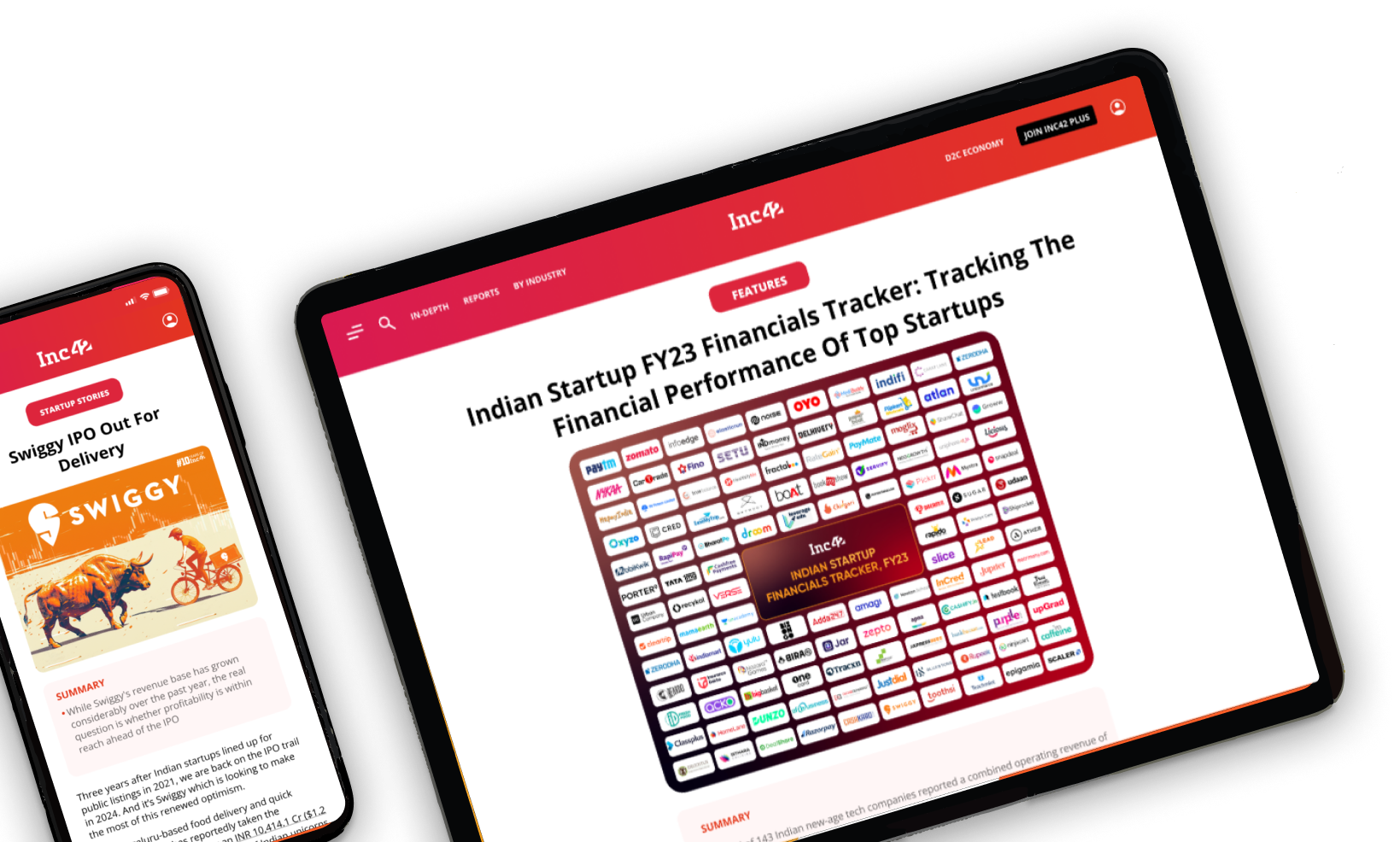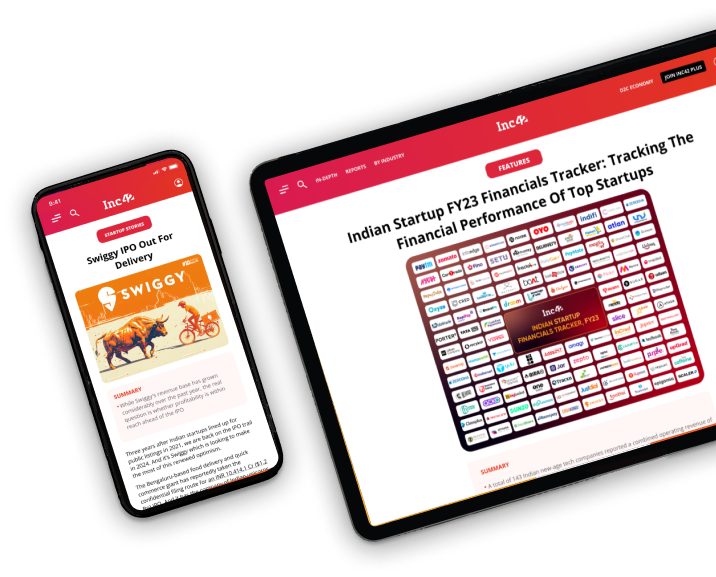
The financial value of millennials to the banking system is expected to increase by almost 80% in the next five years
Millennials spend more time online talking to strangers than talking to their friends or family – combined!
By 2030, MZ in the US will see a fivefold increase in their wealth as they are set to inherit $68 Tn from their Baby Boomer parents
Millennials and Gen Z are the most significant demographic and economic force of our times. This year alone, millennials will constitute 35% of the global workforce. Within a decade, their aggregate income will surpass four trillion dollars. We are talking about a digitally informed group of 1.8 Bn people around the world who will command larger disposable incomes than any other generation before them.
They are a cohort that spends more than 35 hours a week on the internet – that’s 50% more time online than the average time spent by all other demographics combined. When a force this big intersects with the global economy that is traditionally run by boomers and Gen X, there will be a tectonic shift in the core nature of finance as we know it – and the changes are already showing.
A major bank in Australia that redesigned a credit card to appeal to millennials specifically discovered that usage volumes grew by 70% and new-accounts by 40%. Similarly, in India, the share of millennials in new lending increased by 4.6% between 2015 and 2018.
The financial value of millennials to the banking system is expected to increase by almost 80% in the next five years to more than $27 Bn from the current $15.7 Bn in revenue that millennials contribute. And this is just the beginning. Today, millennials are among the fastest-growing retail book segments for banks due to their higher propensity to buy durables on credit.
Yet four out of five millennials have never seen a cheque book, and despite their inclination to buy on credit, 63% of millennials do not have a credit card. They are breaking traditions and proving that MZ DNA is fundamentally digital- and different.
Millennials spend more time online talking to strangers than talking to their friends or family – combined! They are the digital natives who have accepted connectivity as a way of life – everything is digital and digital is everything. For millennials and Gen Z, imagining a world without the internet is akin to asking someone to imagine a world before the printed word. They are the vector of change and set to become a significant economy driving demographic.
MZ Is Set To Inherit The Largest Wealth Transfer
By 2030, MZ in the US will see a fivefold increase in their wealth as they are set to inherit $68 Tn from their Baby Boomer parents – one of the most massive wealth transfers seen in modern times.
This generation will have high levels of disposable incomes and immediate access to everything from lime to lawyers online. So it is only natural that they are expected to demand the same, if not better, of the banking system.
The expectations chasm is only widening!
Banks today are facing a broader competitive threat due to a fundamental change in customer behavior. For example, a customer’s experience in any one single category has the power to affect how they experience products in other categories – something previously thought to be unrelated.
Most millennials and Gen Z view their current relationships with the banks as transactional, and they will not hesitate to jump ship the moment a better service provider comes along who understands their needs and can provide a customised alternative to traditional banking systems.
Banks need to realise that MZ’s will be the key to every change, and they have to bridge the divide in their service and the MZ’s expectations. They need to understand how Millennials are different, While banks across the world are chasing returns to survive, millennials are flocking to neo-banks, non-banks, and entities like WhatsApp to transact. What explains this preference?
Mobile Is The Way
A mobile generation that doesn’t like to wait
Three out of four millennials prefer mobile banking to any other channel. However, 38% of them abandon mobile banking when it takes too long. The expectation is clear – showing up is not enough; agility is as necessary too.
Personalization > Persons
They are mobile natives who don’t like picking up the phone to make a call. They would rather tweet to their bank than write an email – much less visit the branch and get to know the manager.
Can’t Think Outside Digital
61% of millennials can’t go for more than 8 hours without going online. It is their natural habitat; they are more trusting of digital than any other generation. Millennials are also happy to volunteer more personal information in order to receive customized experiences, and they favor automation of dull tasks such as bill payments and insurance renewals.
Time And Attention Are The Indicators Of Millennial Loyalty – Not Their Money
The millennial currency is time instead of money. Only the most immersive of experiences can catch their attention. Everything else is quickly replaceable.
Expect Amazon’s Customer Service With Uber’s Ease And Google’s All-Pervasiveness
Millennials expect banks to know what they want and need and then serve it to them on a platter. They want predictive personalization of a scale where their minds are not engaged in thinking about money as they prefer self-drive or autonomous finance.
The Millennial And Gen Z Opportunity
Accounting for millennials limited attention spans and the ever-reducing window of time before they switch to another app, digital banking applications will have to evolve from being just a window of transactional services to providing a holistic outlook of financial wellbeing. A bank built for the millennial must adopt autonomous finance, predictive personalization, and function as their financial wellbeing manager. Failing to appeal to millennials can make any entity irrelevant, and the reward of catering to them personally can propel revenues manifold.
Millennial’s desired banking experience feels nothing like today’s banking. Millennials will bank with entities that resonate with them the most and those that offer superior services. Already, millennials prefer non-banks and credit unions to traditional banks because of frills such as free checking accounts. Those who fail to adapt to the millennial’s need will cease to exist.
How Can Banks Attract And Retain Millennials And Gen-Z?
Focus On Digital But Stay Two Steps Ahead
Growing up absorbed in the digital realm has meant that the millennial and Gen-Z’s expectations from banking are equally digital.
This fundamental shift places the onus on the banks to reach wherever the millennials are. From strengthening mobile banking apps and offering chatbots to high visibility and integration with all other parts of their life, Banks will have to do it all.
Build Autonomous Finance Capabilities
Gen-Z consumers are 25% more likely to share personal information and interact with chatbots to let a company deliver a truly personalized experience. Autonomous finance makes this possible.
Provide Deep, Immersive Platforms Than Silos
A truly millennial bank is likely to offer a gamut of financial and non-financial services all within its ecosystem. Banks will need to do a deep dive into the aspirations of their customers to understand what drives their brand or product associations. For millennials and Gen-Z, the biggest motivators are speed, convenience, and a ‘wow’ factor that they believe makes a brand or a product truly unique.
Optimise For The Financial Wellbeing Of The Consumer Than The Number Of Accounts
Benign finance is a force of good. Banks which look to create delightful experiences for their consumers are likely to focus more on managing the end-to-end consumer lifecycle rather than just their checking accounts.
Fintechs catering to millennials offers an excellent example of the possibilities available to a bank needed to create a genuinely millennial banking experience – from using AI to provide auto-calibrating investment portfolios to providing exceptional financial advice based on one’s income, life-stage, and aspirations.
Think And Act Like A Millennial And GenZ
The average age of senior leaders in a bank is 48 years, while the average age of bank consumers is 28 years or lower. Over the next decade, this divergence will only increase.
It is unlikely that a bank catering to millennials will be run on traditional values or systems. From technology to tapestry to talent, everything at a millennial bank will have to be carefully crafted to serve millennials.
We are all aware of what Amazon and Uber did to our lives. However, we are still banking the same way our parents did. The younger generation finds it difficult to relate to “The Bank of Mum and Dad” 🙂
A redesigned bank ought to be truly customer-centric.
The banks face an uphill task of not only catering to the needs of millennials but also preparing for Generation Z, who have never lived a day without the internet. The digital transformation journey of banks must begin with a deep understanding of the millennial mind and behaviour before attempting to hack it.
Soon enough, it won’t be the banks, but MZ’s who will determine the future of finance with this question in the fore – “Is it worth my time?”




 Fintech
Fintech Traveltech
Traveltech Electric Vehicle
Electric Vehicle Healthtech
Healthtech Edtech
Edtech IT
IT Logistics
Logistics Retail
Retail Ecommerce
Ecommerce Startup Ecosystem
Startup Ecosystem Enterprisetech
Enterprisetech Cleantech
Cleantech Consumer Internet
Consumer Internet Agritech
Agritech
































 Ad-lite browsing experience
Ad-lite browsing experience